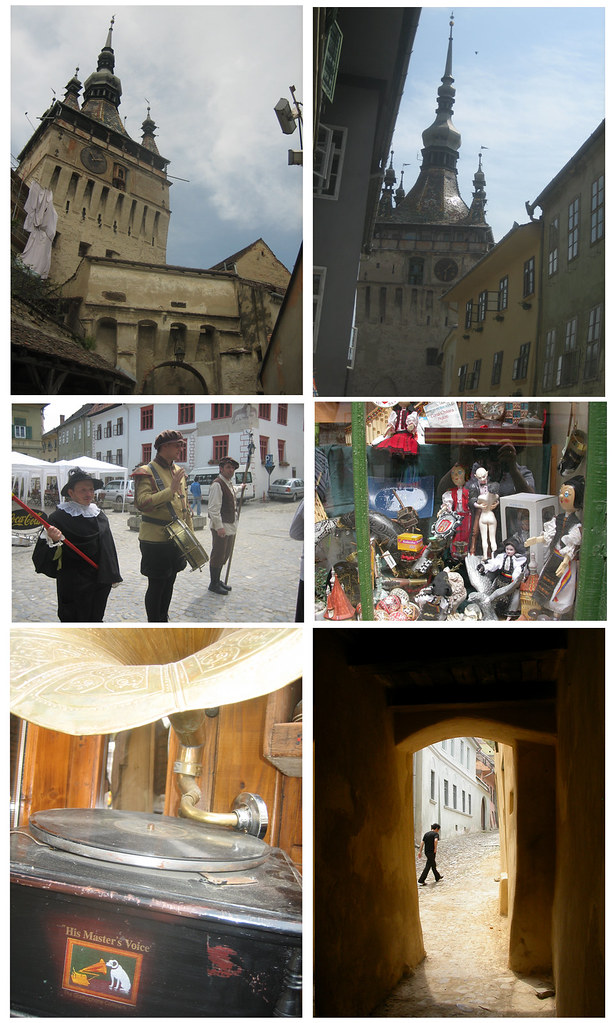
Segesvar/Sigisoara is the hometown of Dracula, who really had nothing to do with the vampire legend - that was an invention of Bram Stoker's, who adapted Serbian legends and wove them into American (read: not Transylvanian) folklore. What Vlad Dracul II did was defend Europe from invading Turks, although he basically negated it by killing as many Europeans as he did his enemies. He impaled a lot of people, it's true, but the vampire shit is what rules the day, so in Segesvar, they have no shortage of terrifying tourist memorabilia. Lovely Victrolas, though...and a troupe of greeters follow you around, welcoming you in seven languages. They really play the part, especialy the dwarf with crooked teeth.

The cukoo clock is quite a sight, but it only goes off at noon. Note the Saxon architecture of the surrounding town. The red colours were painted with the blood of invaders (ok maybe not).

Up north from Tirgu Mures is Gernyeszeg, a primarily Hungarian and Gypsy town. My mom spent summers there as a child, playing at a palace. The Teleki Palota once housed nobility, but then WWII came along. It has since served as a spot for Nazi vacationers, Soviet-era professionals, and more currently, a Dickensian home for wayward children, and a place where dogs can crash for a while.
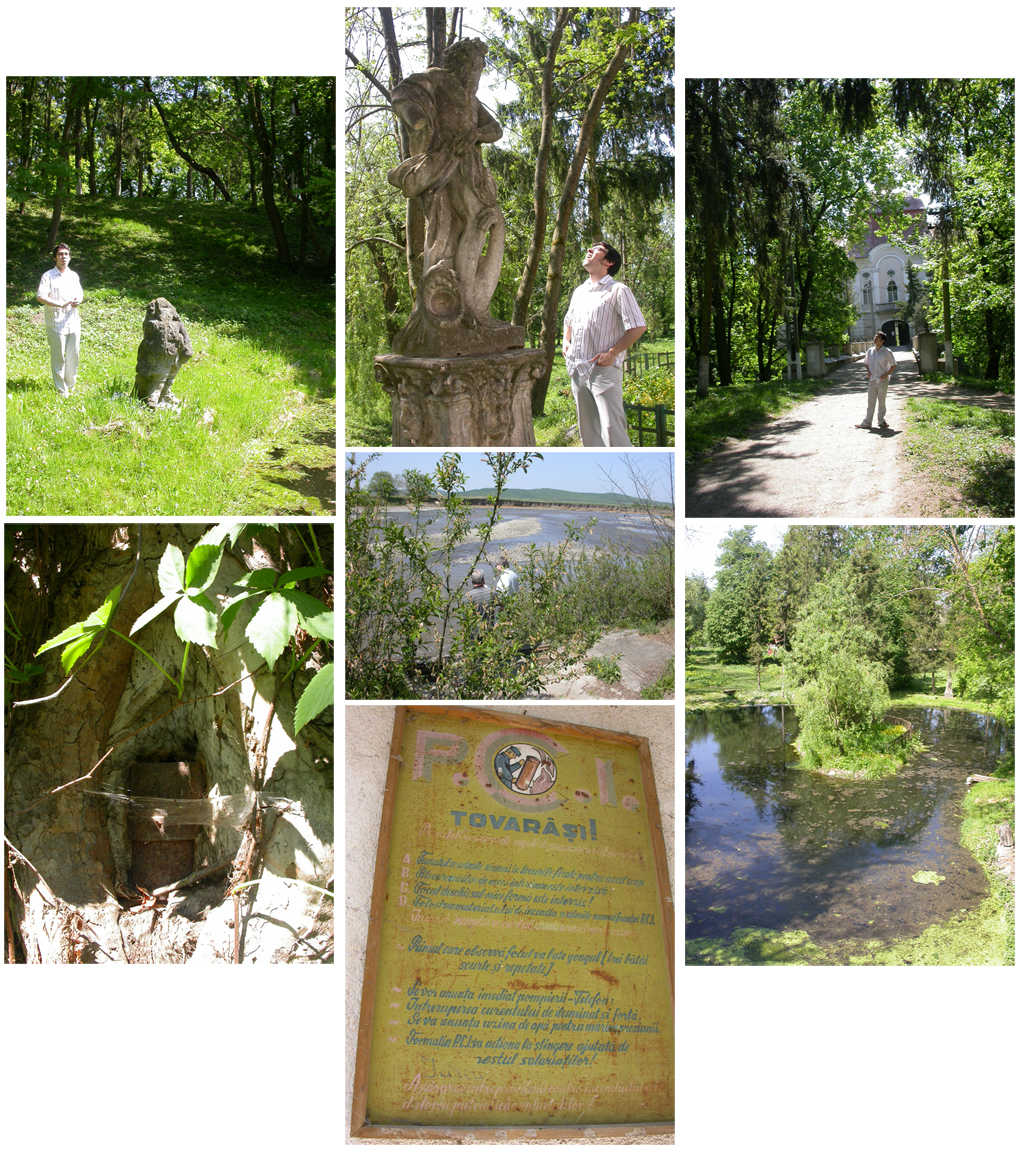
It's surrounded by a moat, withering statues, and a vicious forest full of crows. In one of the trees, a shell sits unexploded from WWII (maybe even WWI). The bark has managed to grow around it. There's also shed with a sign that teaches good Comrades how to put out a fire. Kapish, Tovarish?

The highlight of the trip, however, was the 24 hour visit to the family cabin, in Sikaszo, deep in the heart of the Szeklar homeland of Hargita. The Szeklars, as they are known in English (Szekely in Hungarian), have unknown origins, but they are the most Transylvanian people on earth, as the Hargita has been, unequivocally, their homeland longer than it has been anyone else's. They were invited into the Hungarian kingdom as border guards by a twelfth century king, and although they maintain their own traditional and distinct cultural identity, they speak Hungarian and have sided with them historically, with only one or two exceptions. They make up a huge portion of the population in three counties. Up to 85% of the people in Hargita are Szekely, and many Hungarians not only in Transylvania but Hungary proper carry their genes.
What can I say about Hargita? It's the kind of place where time stands still, and cows walk down the road.

Our plot of land was acquired by my grandfather during the Ciausecu era. He was a surgeon, Korean war veteran, and quite "in" with the Party (altho not a true believer, and therefore thoroughly uncorrupt). It was in a treasured valley, only about two lots over from where the dictator himself would land his hunting helicopter. All the hunters in the area had to cough up their gaming rights until Ciausecu killed a prize bear or deer, and anyone who fucked up went to jail.

The Szeklars are known for hand crafting some very elabourate gates. My grandfather decided to one up them by doing his in colour, quite a rare accomplishment. Whenever one of his daughters got married, he would carve a congratulatory scene starring the two of them in a dance. He also built men to guard the gates.

He spent his last twenty years converting the cabin into his own personal shrine to art and nature, all of it done by hand, and sometimes coloured in with marker pens. The sculptures conjure up the spirits of long gone relatives and Korean war colleagues, while the carvings depict folkloric scenes, and probably some of his delusions of epic grandeur.
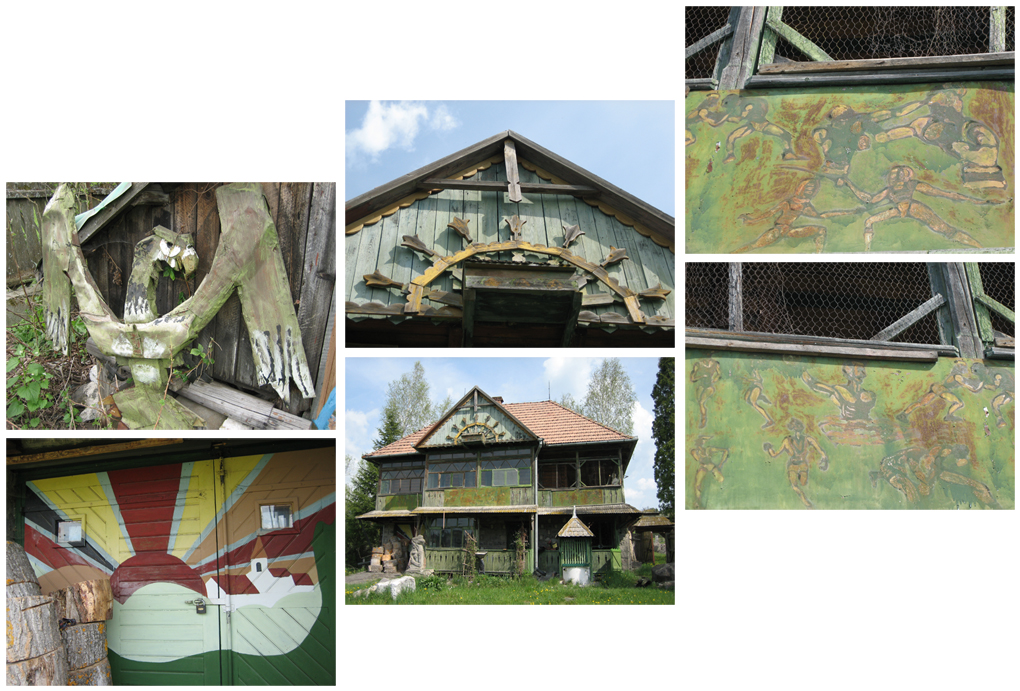


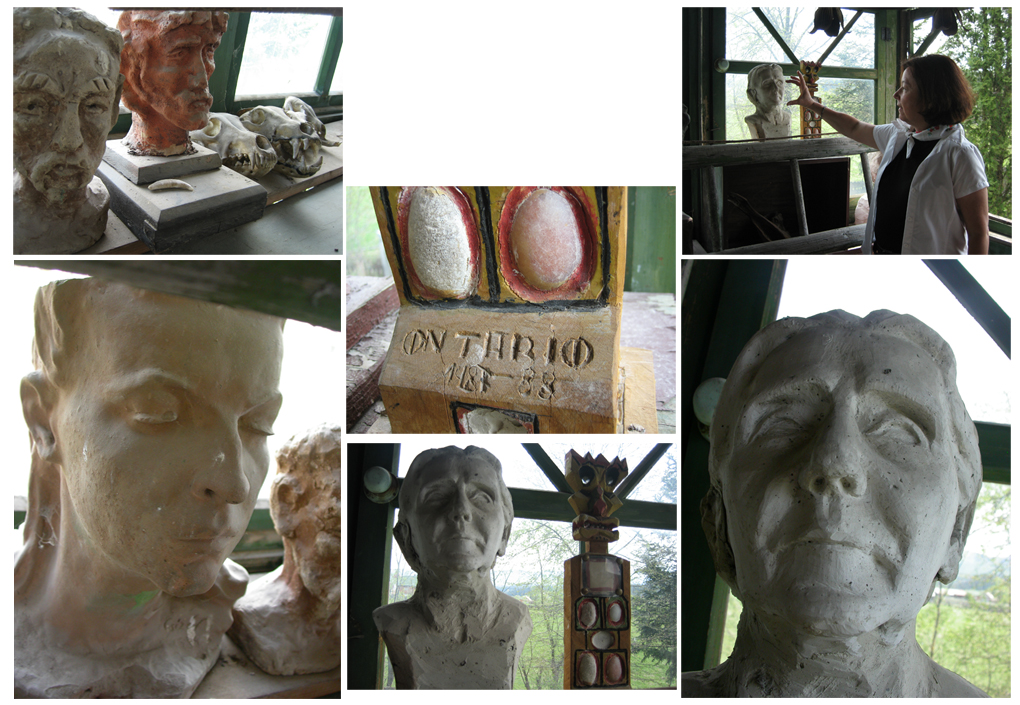
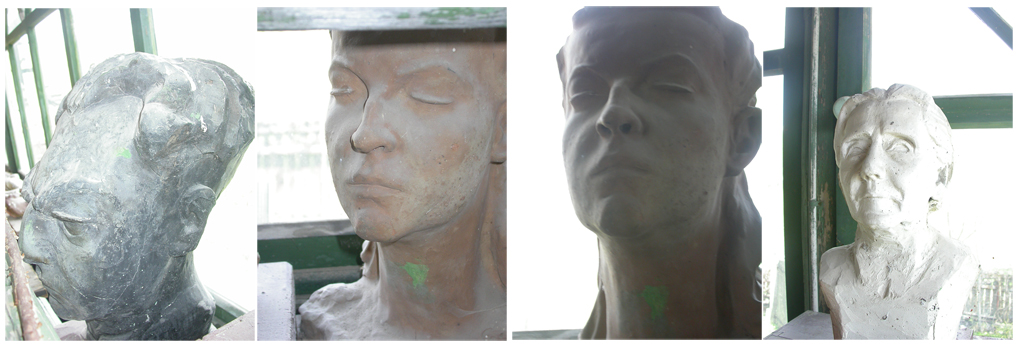

He was an avid hunter and nature lover, creating numerous pieces out of various media to display this fact.
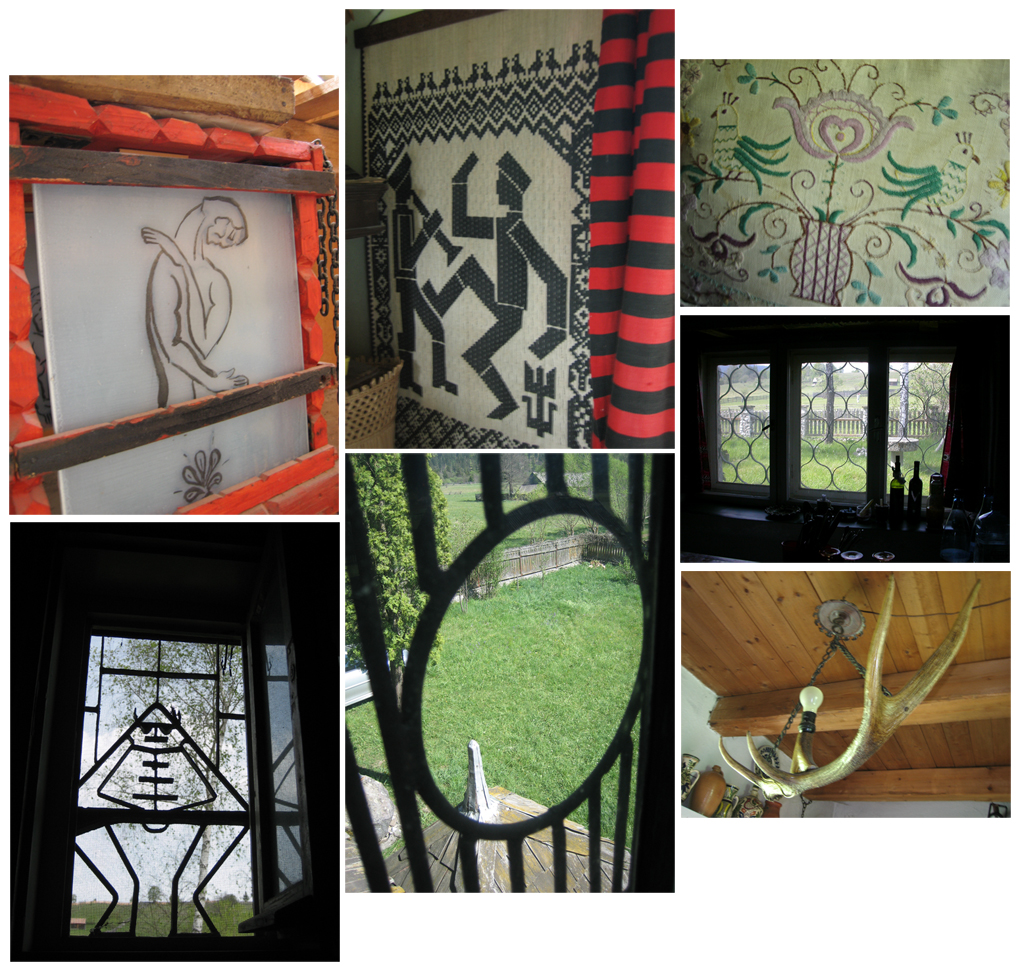

He also loved naked women, and invited them over all the time to pose for his sculptures.

Seeing all of this brought my mom to tears, so we decided the best thing to do was drink moonshine and eat pork immediately.
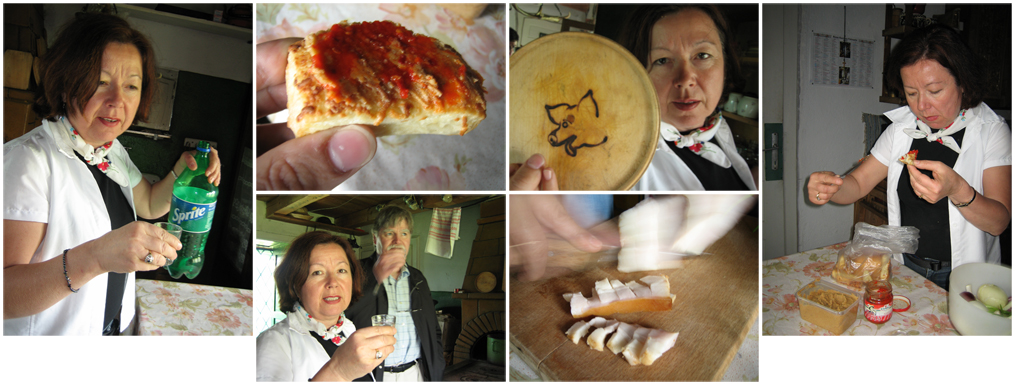
Then it was time to fire up some gulyas. 'Twas but one of about seven meals we ate that day.
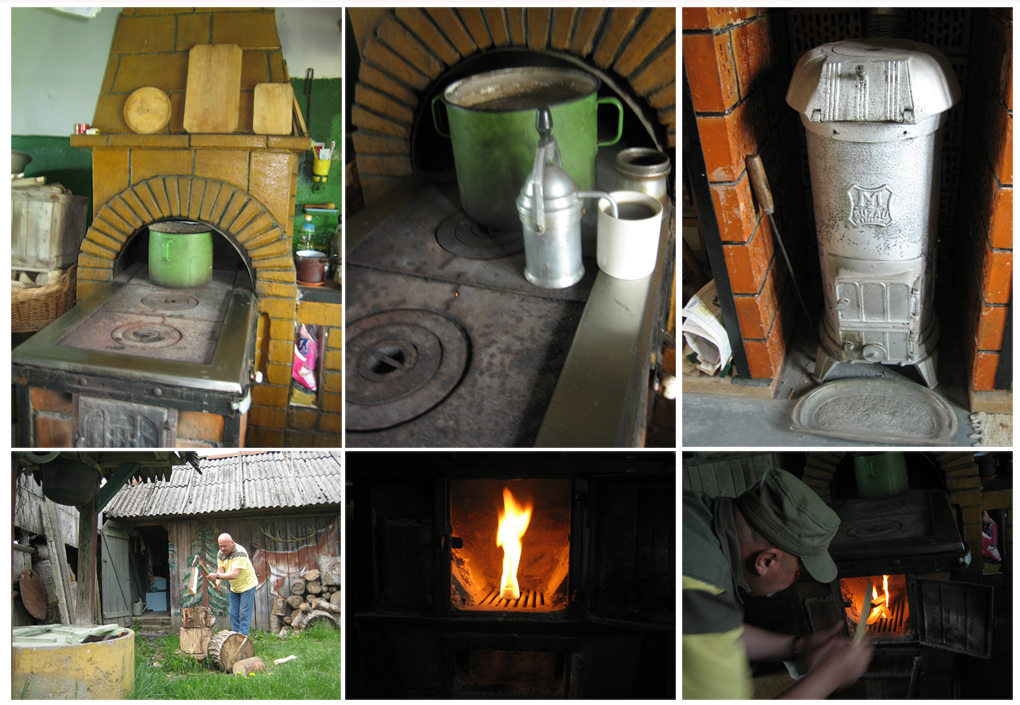

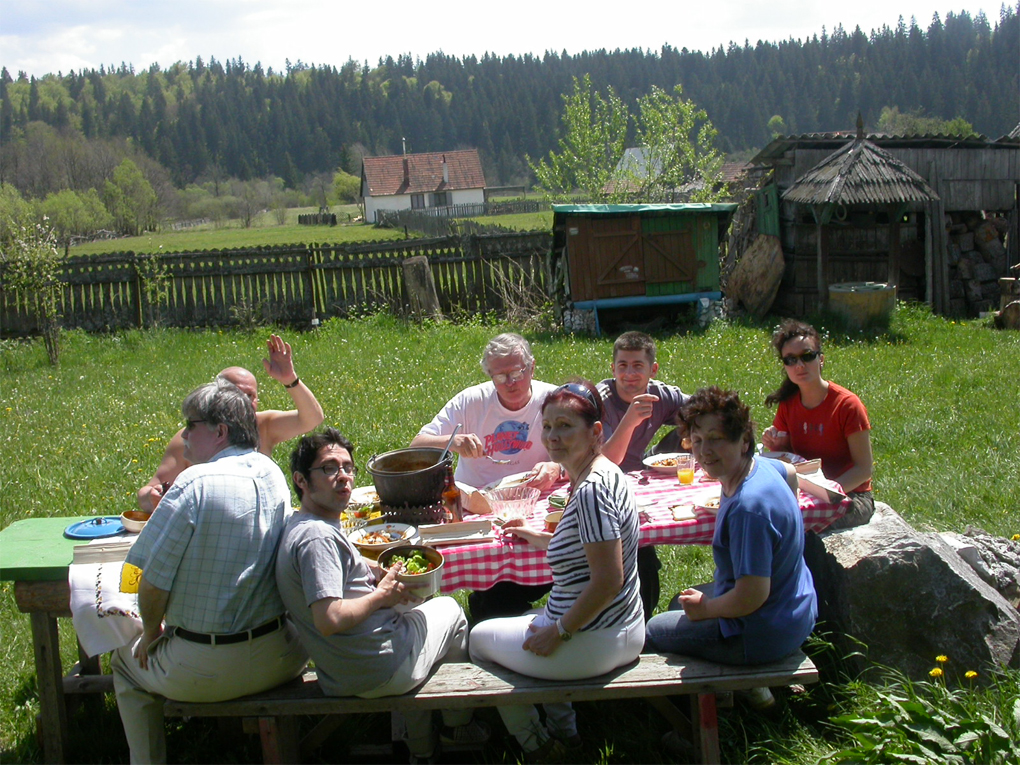
After dinner, things got tense, and in this family, we solve everything with the gloves.
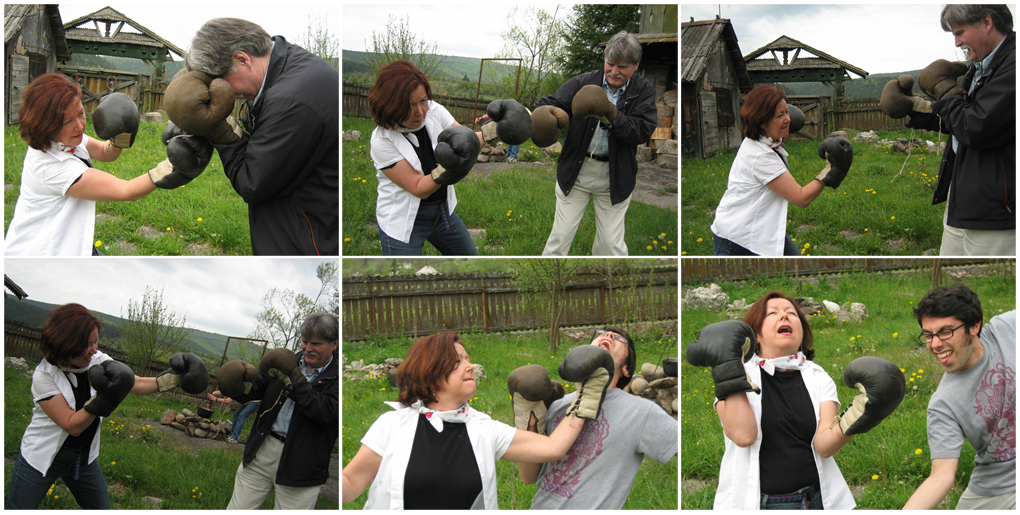
Mom started wailin' on Mike, and then she socked me for no reason, so I hit her with a cheap shot.
We got drunker, and walked up the hill, where my grandfather had built a burial monument for himself and my grandmother. The irony is that neither of them are buried there...and then an even bigger irony is that we thought we saw a dead body in there. But no, turns out it was just a sleeping Gypsy woman.
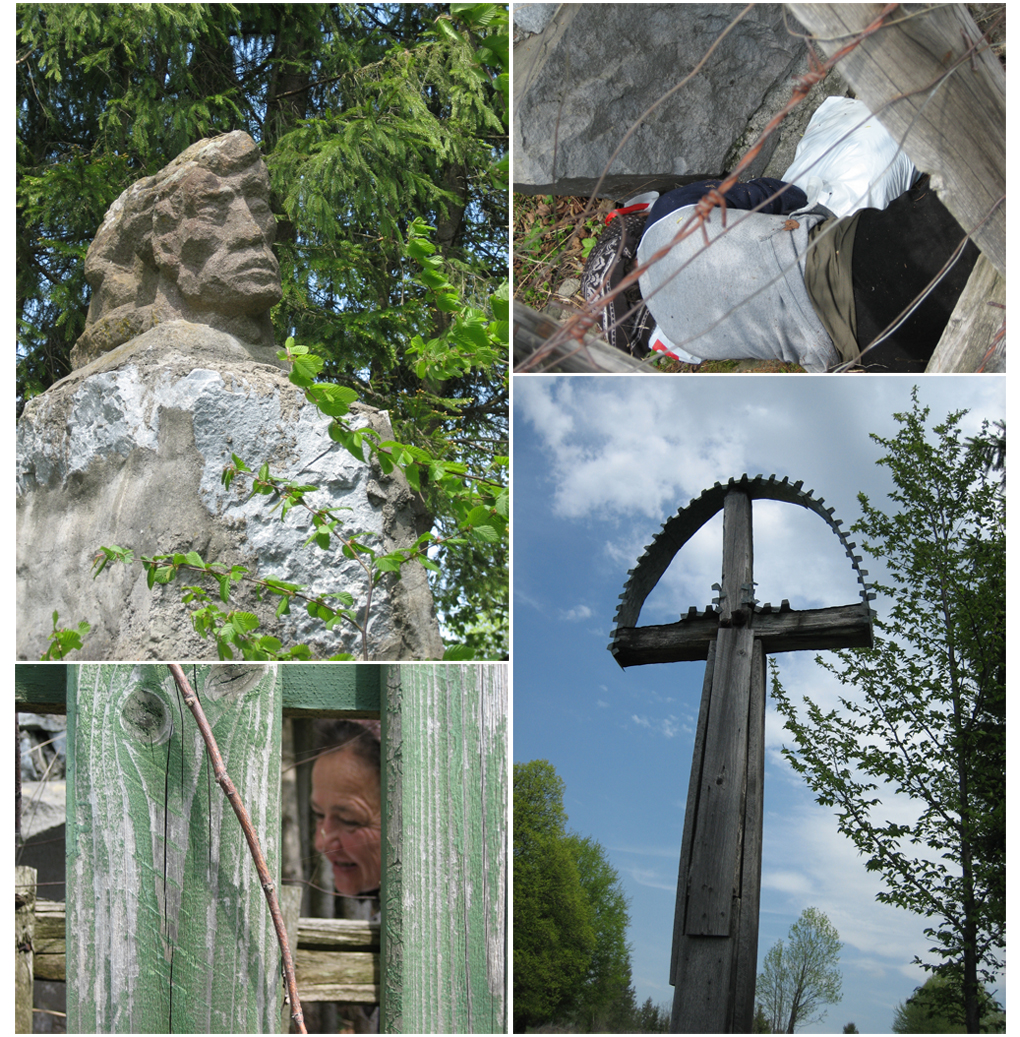
She lives on that piece of land, so technically it's her property. She remembered my mom from childhood, and showed her how to get over the fence. We shot the shit for a while, and she helped us clean up some garbage around the site, like old cans full of rusty nails, and what looked like tractor parts.

My mom's memories of her are quite shocking. Apparently, when the woman was a girl (she's roughly my mom's age), she broke into our cabin and played with some toys. Somehow the police found out, and they beat the girl in front of everyone.
We cut ourselves off from adventure at that point, and when night fell, it fell hard. I slept on a mattress made of wood, that was perfectly fitted to my body. When I went outside to take a piss, all I could hear were wild howls, giant crickets, and I swear I heard birds. There were billions of stars in the sky but it wasn't enough to light a damn thing on the ground.
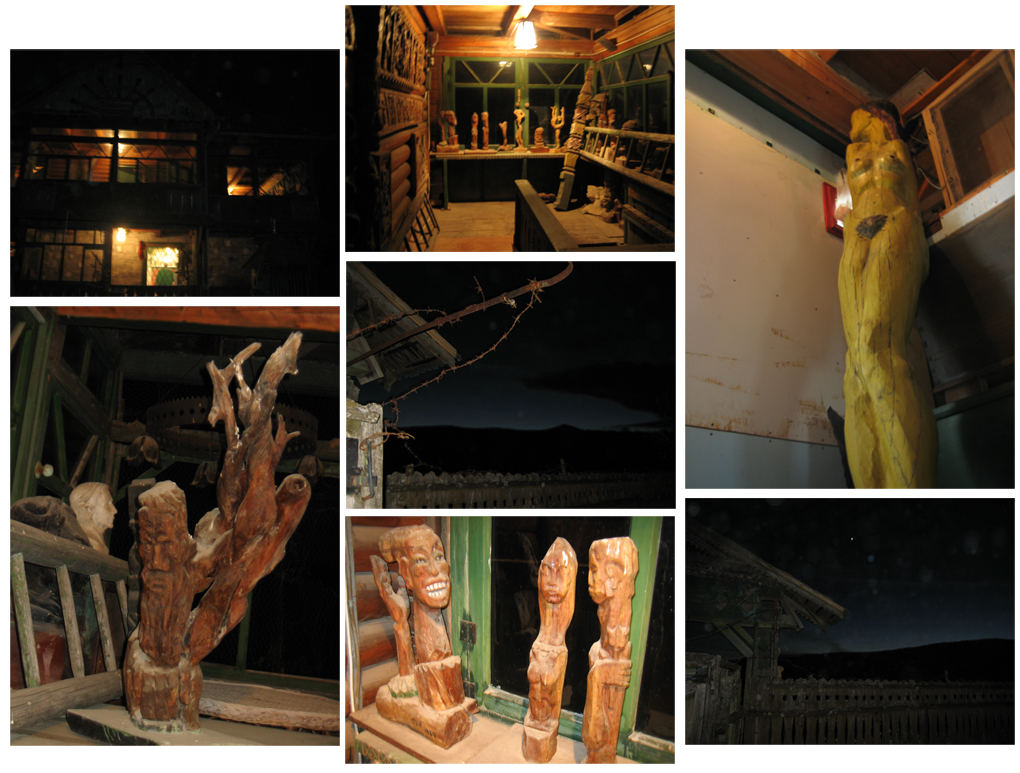
******
In 1919, the Treaty of Trianon redrew borders in parts of the former Austro-Hungarian Empire. Hungary was punished and lost territory to all of its neighbours and the Hungarian world all of a sudden had a diaspora. All of my grandparents were born in the first years after Trianon.

My grandfather's story begins around WWI. He was born at the tail end, into a well to do family, but they were, from what I understand, somewhat broken up by a few tragedies. In his early adulthood, he once visited a friend in hospital, one who had tried to committ suicide, and from there he became interested in medicine. He went to med school, with some money that his brother had left behind, and then WWII broke out.
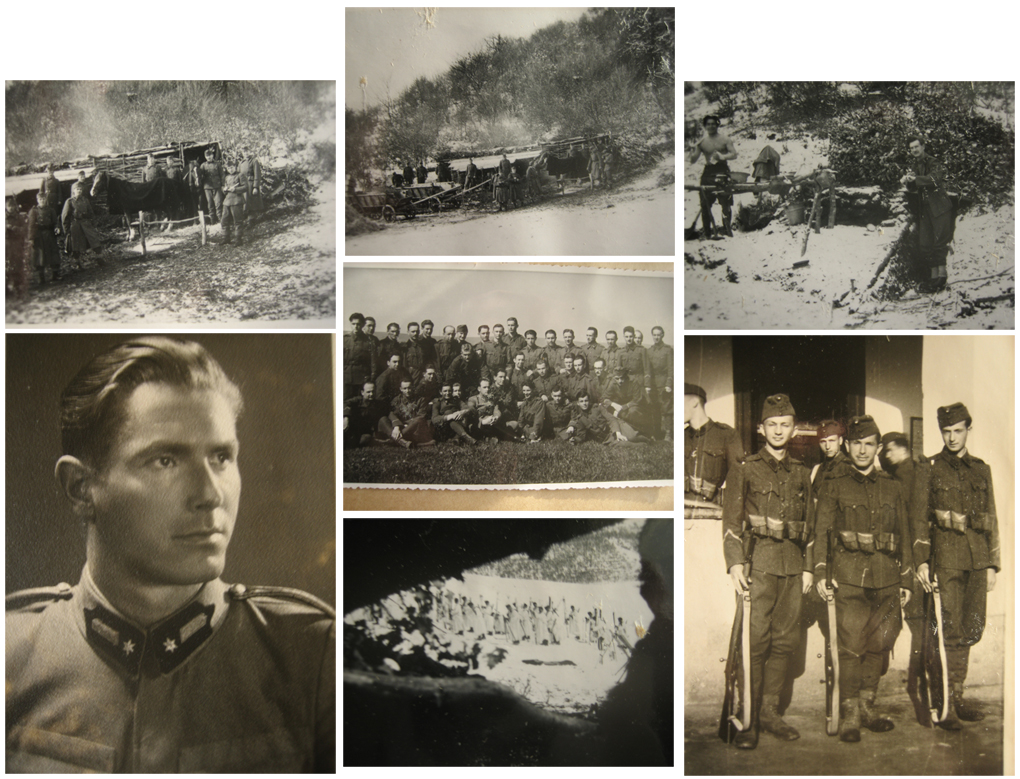
In 1940, Hungary retook control of Northern Transylvania. He joined up with the Honved (Hungarian Army). The Hungarians were part of the Axis, but the depth of their collaboration is subject to muh debate. The US special envoy during American neutrality (who remained in contact well afterwards) describes them as "an unwilling satellite". It wasn't exactly a thoroughly fascist country at first, as there were no fascists in charge of the government quite yet, and only 10% of the voting public voted for them (there were limited free elections during the era, and Social Democrats and other centre-left parties were not made illlegal). On the other hand, anti-Jewish laws had been instituted by Regent Admiral Horthy, who in the 1920s purged Hungary of its Communist elements. He is seen by some as an anti-Semite, but he was a complex figure, and the reality is only partially true. While he was a very conservative and nationalistic, he was also wary of German influence and disagreed vehemently with Hitler on numerous occasions, to the point of outright defying his wishes. Horthy's regime refused to deport the Jews (although in the country, pogroms and Army atrocities were ignored). He remained largely non-compliant regarding sending troops to fight the Russians. However, young able bodied Jewish men were sent on stints to the army, where they served as "work soldiers", slave labourers essentially. The early stints went without much incident, when Hungary evaded combat and the appalling potential of nationalism had not yet produced many results.
This all changed in March, 1944. As the war got less and less successful on the Eastern Front for the Axis, Hungary tried unsuccessfuly to forge a separate peace with the Allies. Hitler was so angered that he deposed Horthy, installed a homegrown fascist government in Budapest, and brought Eichmann in to send the Jews to camps. The situation became very grave. 400,000 Hungarian Jews were killed in only 8 weeks, most of them in Auschwitz. The deportation and annihilation of the Hungarian Jews represented the most gruesome and bleak period of the Holocaust, when the gas chambers were at their most active. Many of the dead came from Transylvania.
In 1940, Hitler enacted the Vienna Accords, which redrew borders within the Axis. Transylvania was split between Romania and Hungarians, who retook control of Northern Transylvania, and while they had not started deporting Jews, nationalism was much stronger in Transylvania, where Hungarians had lived under the spectre of Romania for two decades. The Hungarian army marched into these territories, and their activites were immediately of a violent nature. The work camps for able-bodied young Jewish men became deathly violent, and ridden with disease and hunger.
Back home, the notoriously crowded ghettos were established, and then the deportations began, without protest from local Hungarians. My father's side of the family were almost wiped out entirely (this is a subject I will address in the future). The Russians, however, were mowing down the Ukranian front and made it into Transylvania by the summer of 1944. The retreating Hungarian Army, who had been badly defeated at the front, took out much of their aggression and anger on the Jews who had served in labour camps. Many were killed on the spot or turned over to the Germans to be sent to death camps.
Both of my grandfathers were chief doctors, and both organized escapes. My Jewish one lead his fellow slave labourers out of their camp after making a deal with a guard.
My mother's father, from the gentile side of the family, was on the other end of the coin. He was in the Honved, but had never been a follower of fascism. He made a deal with his commanding officer that allowed his unit to escape the front line without being turned over to anyone. So ended his first war.
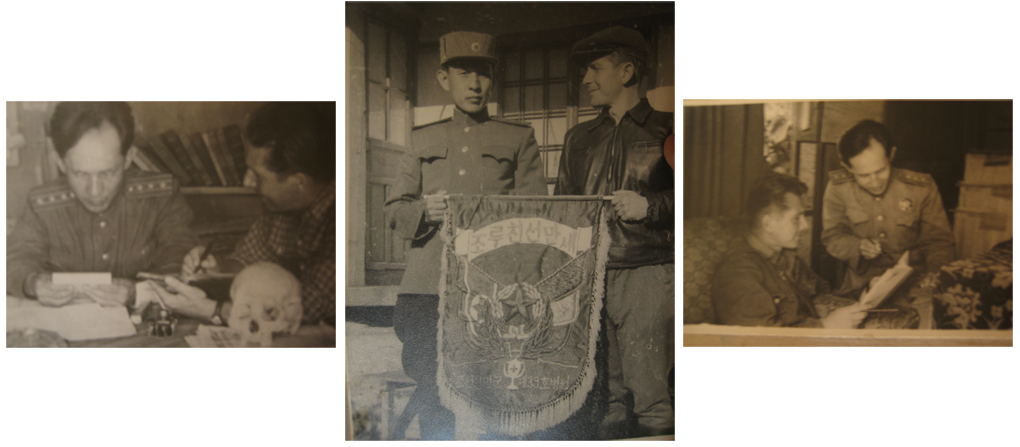
He took to Communism immediately, and was quite the believer at first (his sister had been part of a revolutionary art movement in the 30s). He rose up the ranks as a professor and army surgeon, and in 1953, he went to Korea on a Communist goodwill mission organized by the Russians. He was in command of a mobile military hospital, just like the one in M*A*S*H*, except red as dead. He carried a camera around his neck everywhere he went. He witnessed napalm attacks, convoys of orphaned children, and mass starvation.
(SOME OF THESE PHOTOS ARE NOT FOR THE FAINT OF HEART)
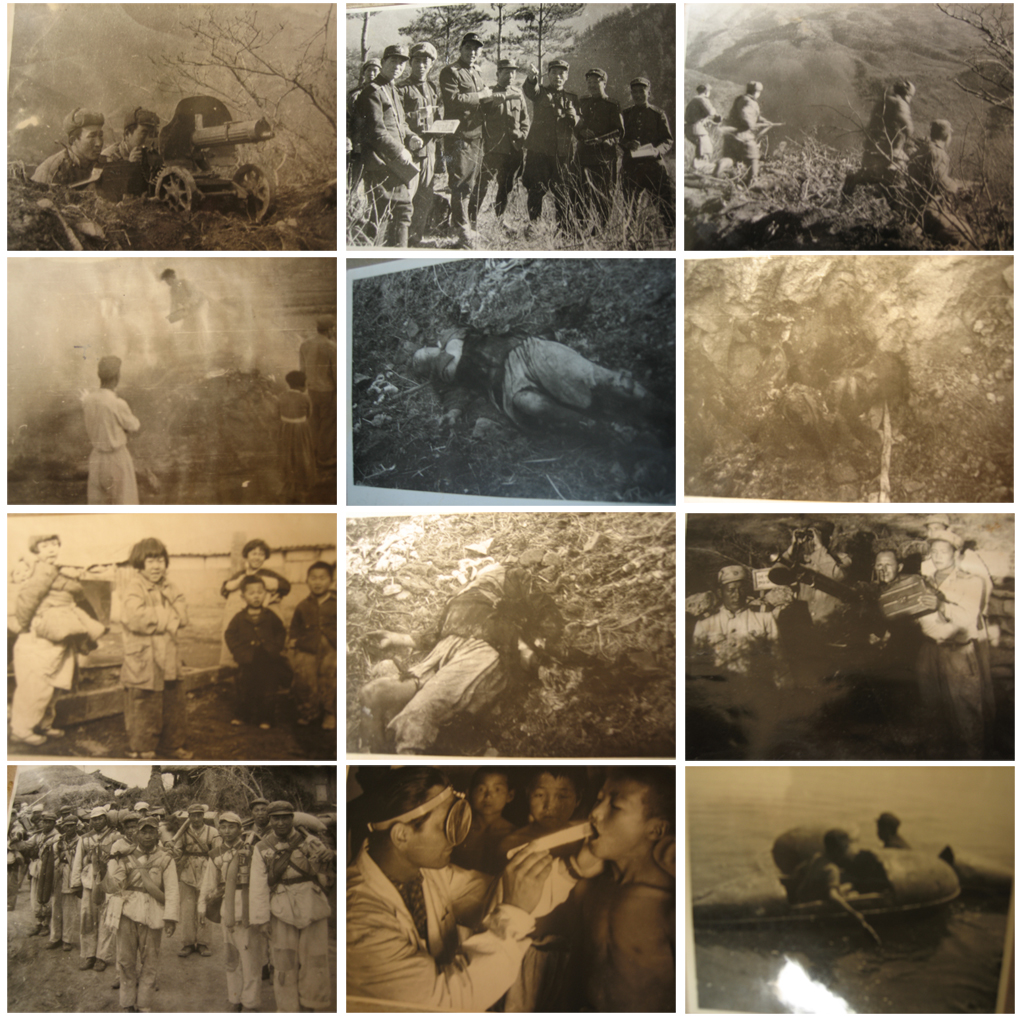
He brought back a great deal of propaganda.

But he also brought back a boy who had been orphaned. His name was Yu Ki Bin, and he lived with my family in Tirgu Mures through the 50s, until the early 60s. He went back to DPRK as a teenager, and sent numerous letters to my grandparents. He addressed them as "Dearest Mother and Father". His last letter was tragic. He asked for medicine, because he had gotten sick in the army. There was no return address, and he was never heard from again.
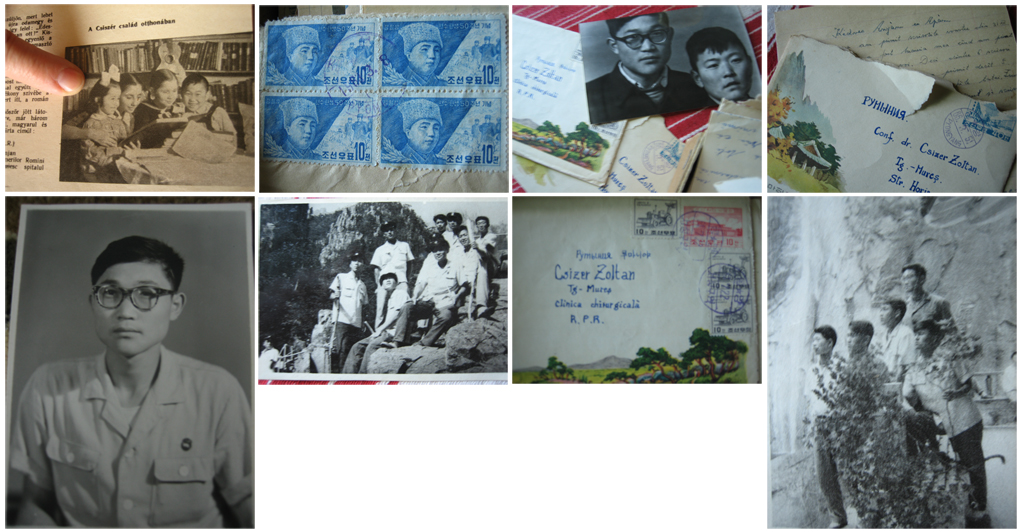

1 comment:
A most amazing blog!!! Thanks for sharing.
Post a Comment